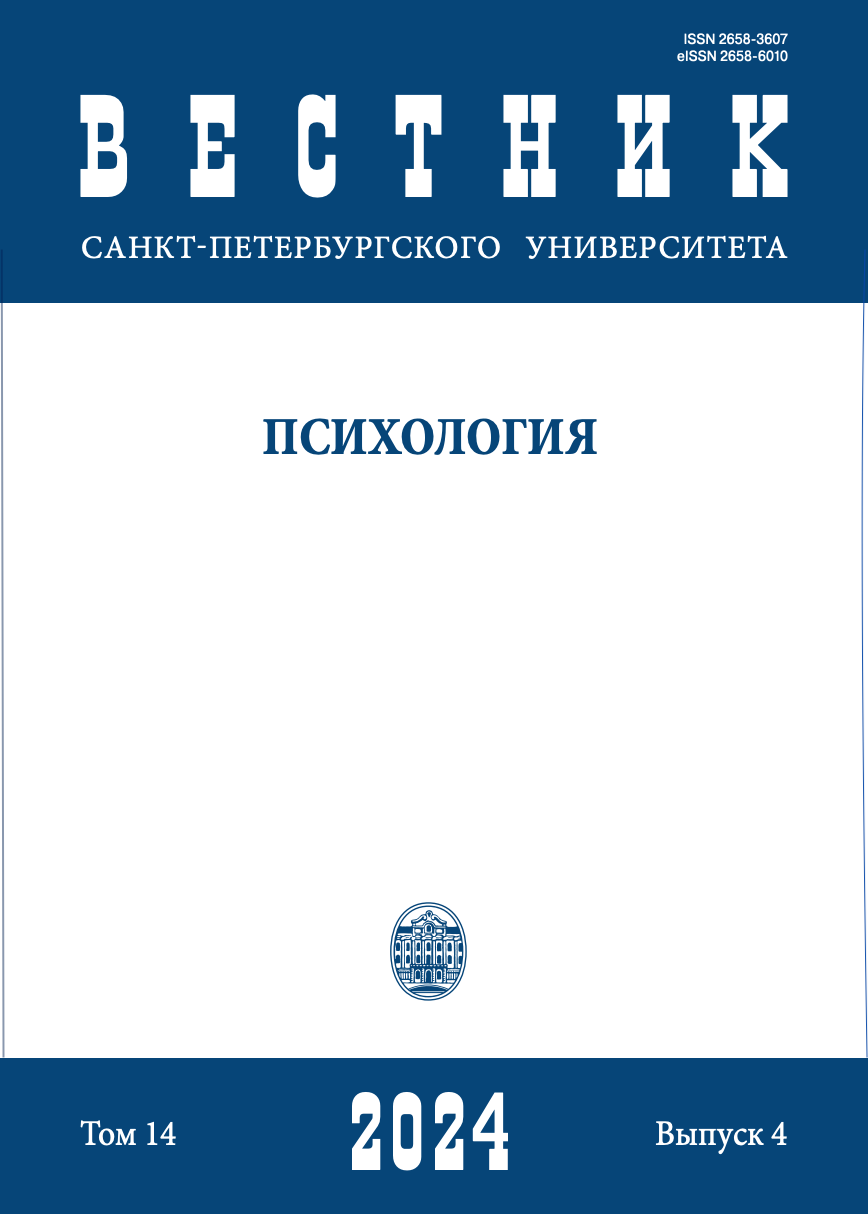Scientific basis of early intervention for infants and young children and their families
DOI:
https://doi.org/10.21638/spbu16.2024.401Abstract
The adoption of the Concept of Early Intervention in the Russian Federation, the inclusion of early intervention for young children and their families into Federal law and its dissemination in regions of Russian Federation assumes familiarization of professionals with its interdisciplinary scientific basis. This work is aimed at literature reviewing and presenting in one article the basic concepts and early pioneer works that served as the basis for the early intervention as a field of interdisciplinary clinical, research and training activities. The results of the work indicate that in the period preceding the emergence of early intervention, and during its formation in the 1980s and 1990s, the international community provided studies in a wide range of infancy and early childhood research areas. New data were obtained and generalized in the field of child psychoanalysis and psychiatry, pediatrics, developmental psychology, neurobiology, the consequences of early deprivation, the effectiveness and cost-effectiveness of early childhood programs. The received scientific information was largely revolutionary, changing ideas about the abilities and early development of infants, as well as about intervention programs and methods. The studies of evidence-based early childhood intervention programs have shown their effectiveness and cost-effectiveness. To be effective, the early intervention requires to apply the scientific data in many areas: in intervention programs and methods, normative and methodical documents, research and training programs.
Keywords:
children, infancy and early childhood, families, early intervention, scientific basis
Downloads
References
References
Downloads
Published
How to Cite
Issue
Section
License
Articles of "Vestnik of Saint Petersburg University. Psychology" are open access distributed under the terms of the License Agreement with Saint Petersburg State University, which permits to the authors unrestricted distribution and self-archiving free of charge.




